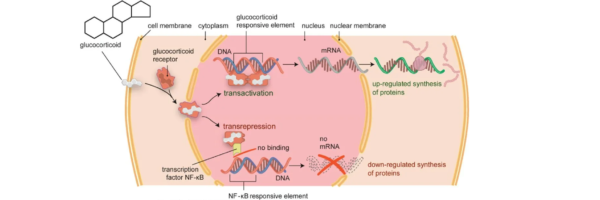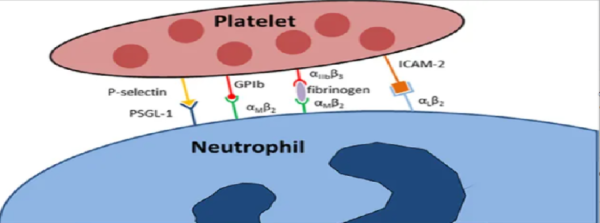A Fragments Library is a unique collection of small molecules that are specifically designed to have high diversity and represent a broad range of chemical space. Unlike traditional compound libraries, which consist of larger, drug-like molecules, fragments libraries focus on small molecules with low molecular weight (typically less than 300 daltons) and minimal complexity. This deliberate choice allows for a greater exploration of chemical diversity and provides researchers with a valuable resource for fragment-based drug discovery.
The high diversity of a fragments library is a key advantage in the drug discovery process. By encompassing a wide variety of chemical structures and functional groups, fragment libraries offer a broader sampling of potential ligand-target interactions. This diversity is particularly important in situations where the target protein is not well understood or the binding site is not clearly defined. Fragments libraries allow researchers to cast a wider net and increase the chances of identifying hit molecules that can be further optimized into potent lead compounds.
Fragment libraries typically consist of several thousand small molecules, each carefully selected to have unique chemical features and properties. These compounds are often structurally diverse, incorporating different scaffolds, ring systems, and chemical functional groups. The selection of fragments may also focus on specific property criteria, such as lipophilicity, polarity, or chirality, to ensure a wide coverage of chemical space.
It is worth noting that the primary goal of the fragments library is to identify starting points for drug discovery rather than directly providing therapeutically active compounds. Fragments are intended to efficiently explore the surface of the target protein and identify key pharmacophore elements that can guide subsequent optimization steps. Once identified, fragment hits can be expanded, linked, or derivatized to improve binding affinity, selectivity, and other desirable properties.
One of the advantages of fragments libraries is their more manageable size compared to larger compound libraries. This smaller size allows for efficient screening using various biophysical techniques, such as nuclear magnetic resonance (NMR), surface plasmon resonance (SPR), or thermal shift assays (TSA). These techniques can rapidly assess the binding of fragments to the target protein and provide valuable information about their affinity, kinetics, and binding mode.
Moreover, fragment libraries can be strategically designed to focus on specific target classes or therapeutic areas. For example, libraries can be tailored to target protein kinases, G-protein coupled receptors (GPCRs), or proteases, where the diversity of chemical scaffolds and functional groups can be fine-tuned to enhance the likelihood of identifying potent and selective hits.
In summary, a fragments library is a collection of small molecules with high diversity, specifically designed for fragment-based drug discovery. These libraries offer a broad sampling of chemical space and provide researchers with a valuable starting point to identify hit molecules that can be further optimized into lead compounds. By efficiently exploring the target protein surface, fragments libraries enhance the chances of discovering novel and potent therapeutic compounds.




